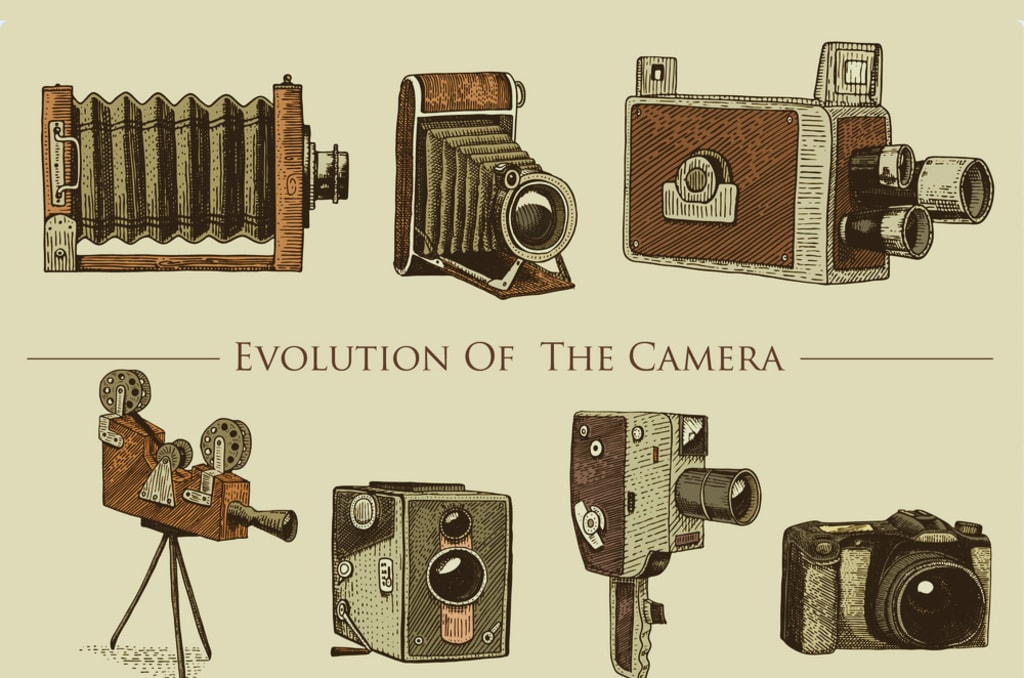
The evolution of cinema can be traced back to the late 1800s with the invention of the first motion picture camera, the Kinetoscope, by Thomas Edison. Early films were short, silent, and consisted of simple scenes such as a train arriving at a station or people walking down the street.
In the early 1900s, the first feature-length films were produced, such as "The Great Train Robbery" in 1903. The silent era of cinema saw the rise of notable filmmakers such as Charlie Chaplin, Buster Keaton, and D.W. Griffith, who pioneered new techniques in storytelling and camera work.
The introduction of sound in the late 1920s revolutionized cinema and opened up new possibilities for storytelling. The first "talkie" film, "The Jazz Singer," was released in 1927, and Hollywood quickly embraced sound as a new tool for filmmaking.
The Golden Age of Hollywood in the 1930s and 1940s saw the production of some of the most iconic films of all time, such as "Gone with the Wind," "Casablanca," and "The Wizard of Oz." This era also saw the rise of the studio system, which gave studios control over every aspect of the filmmaking process, from casting to distribution.
The 1950s and 1960s brought about new genres of cinema, such as film noir, science fiction, and the Western. The rise of television in the 1950s led to the decline of movie attendance, and Hollywood responded by introducing widescreen formats and special effects, such as 3D, to lure audiences back to the theaters.
The 1970s saw the rise of the New Hollywood movement, which brought about a new wave of filmmaking with a focus on independent films and auteur directors. Films such as "The Godfather," "Jaws," and "Star Wars" set new standards for box office success and innovation in storytelling and special effects.
In the 1980s and 1990s, Hollywood continued to innovate with the introduction of computer-generated imagery (CGI) and other advanced special effects techniques. The rise of home video and later, streaming services, allowed audiences to watch films at home and led to the rise of independent film
The evolution of cinema is a fascinating subject that spans over a century of technological advancements, artistic achievements, and cultural changes. Here are some of the key milestones and trends in the history of cinema:
The Birth of Cinema: The Lumière Brothers held the first public screening of moving pictures in 1895 in Paris, France. Their invention of the Cinematographe, a device that could both capture and project moving images, marked the birth of cinema as we know it.
Silent Era: From the late 1890s to the late 1920s, most films were silent and accompanied by live music. During this period, the art of filmmaking evolved rapidly, with early pioneers like Georges Méliès experimenting with special effects and storytelling techniques.
Sound Era: In 1927, the first "talkie" movie, "The Jazz Singer," was released, marking the beginning of the sound era in cinema. This allowed for more complex and nuanced storytelling, as well as the emergence of film stars with distinctive voices.
Golden Age of Hollywood: From the 1930s to the 1950s, Hollywood dominated the global film industry, producing iconic movies and stars that still resonate with audiences today. This period also saw the development of film genres like film noir, musicals, and westerns.
New Hollywood: In the late 1960s and early 1970s, a new generation of filmmakers emerged, challenging the conventions of Hollywood filmmaking and pushing for more experimental and socially conscious movies. This period saw the rise of directors like Martin Scorsese, Francis Ford Coppola, and Steven Spielberg.
Blockbuster Era: In the 1970s and 1980s, the film industry shifted towards producing big-budget, action-packed blockbusters that appealed to a broad audience. This period saw the emergence of franchises like Star Wars





Comments
There are no comments for this story
Be the first to respond and start the conversation.